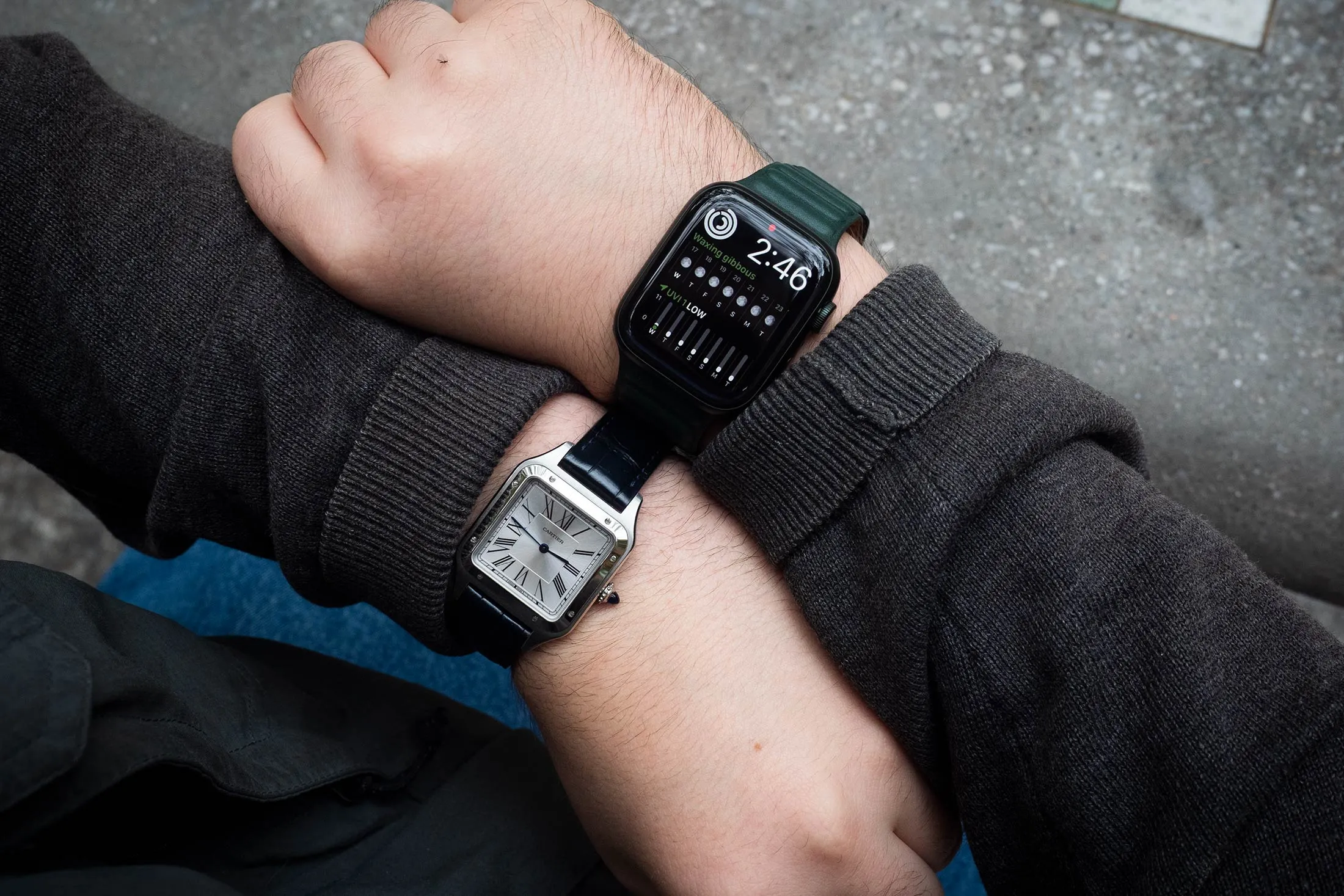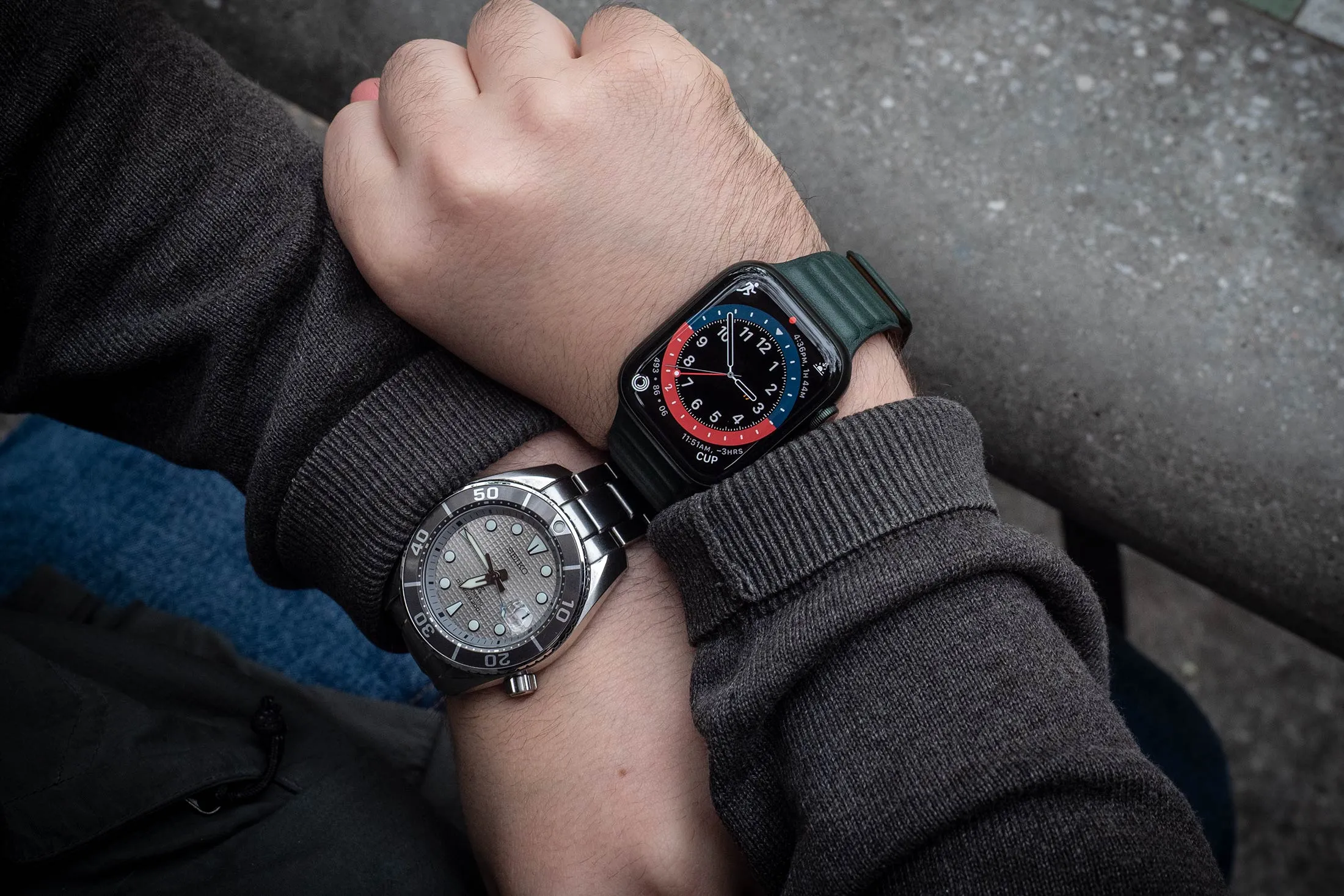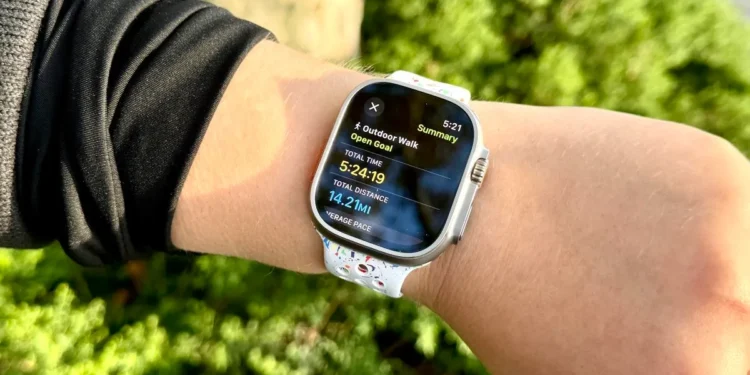In an era where technology continuously evolves to fit our needs, the Apple Watch has found a new place to thrive: not on the wrist, but on the ankle. This trend is more than a quirky fashion statement—it’s a functional shift that addresses genuine concerns and uses. Let’s explore the compelling reasons why an increasing number of users are strapping their Apple Watches to their ankles, enhancing both comfort and functionality.

A Practical Solution for the Fitness Enthusiasts
One of the foremost reasons for this unconventional choice is the challenge that individuals with smaller wrists face. Fitness influencer Ana Espinal recalls her struggles with a loose Apple Watch during intense workouts.
“My fitness app would shut down during my workout,” Espinal shared with The New York Times, highlighting the difficulty in getting accurate heart rate readings due to the watch’s poor fit on her small wrists.
Frustrated by repeated disruptions, Espinal sought alternatives and stumbled upon a small but resourceful community online. This group had embraced the idea of wearing the Apple Watch on the ankle, discovering it provided a stable fit that allowed uninterrupted monitoring, crucial for effective fitness tracking.
Enhancing Step Count Accuracy
The accuracy of step counts is another significant benefit. Traditional wrist placement depends on the swinging motion of the arm, which can be inconsistent or altogether absent in situations like walking with a stroller or at a standing desk.
An ankle-mounted watch capitalizes on the more consistent movement of the legs during walks and runs, ensuring every step counts—literally.

Overcoming Physical Limitations
For individuals with wrist tattoos, the ink can interfere with the heart rate sensor’s ability to function correctly, leading to gaps in health tracking data. Similarly, those suffering from skin conditions find the watch’s contact less irritating when worn on the ankle, where the skin may be less sensitive.
Meeting Professional Requirements
Healthcare professionals face strict hygiene standards that often preclude wearing any jewelry or watches on the wrists during shifts. For them, wearing an Apple Watch on the ankle is not just a workaround but a necessary adaptation.
It allows them to track their often substantial step count throughout long shifts without compromising hospital regulations.

A Trend with a Purpose
This growing trend underscores a broader theme in technology usage—adaptability. As users find innovative ways to enhance their device’s utility, the tech community continues to observe and learn, potentially steering future designs of wearable technology.
The Apple Watch on the ankle may seem unusual now, but it could be a precursor to more versatile wearable designs tailored to diverse needs and lifestyles.
Incorporating the Apple Watch into different aspects of daily life, whether for health monitoring, fitness tracking, or compliance with professional standards, reflects a deeper integration of technology in our lives. As this trend continues to evolve, it may pave the way for new wearables that offer greater flexibility and inclusivity for all users.










